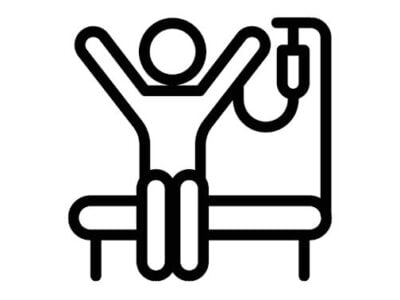Z-Wave to become open wireless smart home standard
With this change, semiconductor and software suppliers will be able to join the Z-Wave ecosystem, contribute to future advancements of the leading smart home standard, and develop and supply sub-GHz Z-Wave radio devices and software stacks. The Z-Wave Alliance will expand to a standards development organization for the Z-Wave Specification and will continue to manage the Z-Wave Certification program, which will include software and hardware.
“As a standards organization, the Z-Wave Alliance will help solve the interoperability challenges hindering the adoption of smart home devices,” says Mitch Klein, executive director for the Z-Wave Alliance. “Members will work together on a single sub-GHZ connectivity solution that guarantees the forward-and-backward compatibility, interoperability, security and robustness needed to grow the IoT. The Z-Wave Alliance will collectively advance a fully realized smart home standard.”
The opened Z-Wave Specification will include the ITU.G9959 PHY/MAC radio specification, the application layer, the network layer and the host-device communication protocol. Instead of being a single-source specification, Z-Wave will become a multi-source, wireless smart home standard developed by collective working group members of the Z-Wave Alliance.
Alliance members and smart home consumers will benefit from the hallmark features of Z-Wave, says the organization, including interoperability, backwards compatibility, the S2 security framework, easy installation with SmartStart, low-power functionality with a 10-year battery life and long-range with sub-GHz mesh. The Z-Wave Alliance will maintain the certification program and expand the offering to provide technology vendors with both hardware and stack certification and product manufacturers with application layer certification.
By expanding access to Z-Wave as a standard supported by multiple vendors, says Silicon Labs, the smart home ecosystem will benefit both from broader technology support as well as accelerated market adoption.
“Silicon Labs has worked to create positive alignment across the industry with the goal of advancing both security and compatibility in smart home devices,” says Jake Alamat, vice president and general manager of IoT home and consumer products at Silicon Labs. “Future success for the smart home industry relies on ecosystems getting closer, not farther apart. The smart home market opportunity is tremendous, and we want to help drive its success. When the ecosystems work together toward a common goal, the entire industry including manufacturers, developers, retailers and consumers benefits from this open collaboration.”
With more than 100 million interoperable devices deployed, more than 3,200 certified products and over 700 member companies, Z-Wave has the most mature and pervasive smart home ecosystem in the market. The opened Z-Wave Specification is expected to be available in the second half of 2020.
Related articles:
Silicon Labs to buy Sigma Z-Wave business after planned merger fails
Next-gen Z-Wave platform ‘makes smart homes intelligent’
Smart home automation market to grow to $130B By 2025
New Z-Wave smart home platform improves efficiency, RF capabilities
 If you enjoyed this article, you will like the following ones: don't miss them by subscribing to :
eeNews on Google News
If you enjoyed this article, you will like the following ones: don't miss them by subscribing to :
eeNews on Google News




